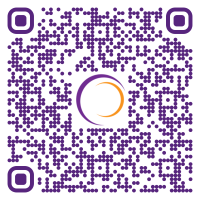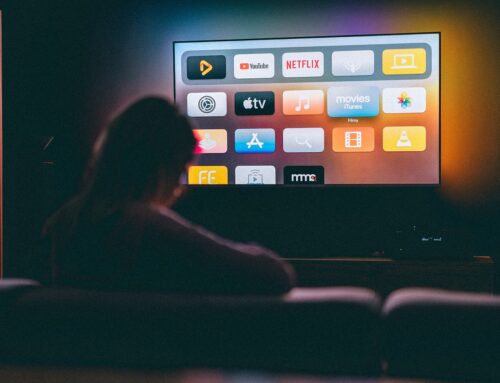In the dynamic landscape of direct response television (DRTV) advertising, marketers are constantly seeking innovative ways to engage viewers and drive immediate action. One technology that has gained prominence in recent years is the QR code, and its integration into television applications is proving to be a game-changer.
1. QR Codes and the Bridge Between Screens:
QR codes act as a seamless bridge between the television screen and viewers’ smartphones. As DRTV advertisements capture the attention of audiences, QR codes offer an instant point of interaction. With a scan, potential consumers can easily transition from passive viewers to active participants, creating a more immersive and engaging experience.
2. QR Codes and Direct and Immediate Response:
The essence of DRTV advertising lies in eliciting a response from viewers as soon as possible. QR codes provide a direct and quick call-to-action that can be acted upon immediately. Whether it’s accessing exclusive discounts, participating in surveys, or subscribing to newsletters, the QR code enables viewers to respond in real-time, converting their interest into tangible engagement.
3. Enhanced Consumer Engagement:
Television applications for QR codes extend beyond basic promotions. Marketers can leverage QR codes to deliver interactive experiences to customers. For example, linking to product demonstrations, behind-the-scenes content, or interactive games could all promote further interaction from consumers. Being involved in these ways can better retain viewers’ attention and establish a more memorable connection between the brand and the consumer.
4. Trackable Analytics:
The use of QR codes in DRTV advertising provides marketers with valuable data and analytics. By tracking scan rates, geographical locations, and user demographics, advertisers can gain insights into the effectiveness of their campaigns that they wouldn’t have otherwise. This data-driven approach enables continuous refinement of strategies, ensuring that advertising efforts are targeted and generate the best results possible.
5. Seamless Purchase Journey:
For products featured in DRTV advertisements, QR codes offer a clear path from discovery to purchase. By linking directly to product pages or e-commerce platforms, advertisers facilitate a convenient buying journey for consumers. This streamlined process increases the likelihood of conversion, as viewers can make informed purchase decisions with just a few taps on their smartphones.
6. Future-Proofing Advertising Campaigns:
As technology continues to advance, QR codes provide a future-proof solution for DRTV advertising. Their versatility allows for integration with emerging technologies, such as augmented reality (AR) and virtual reality (VR), paving the way for even more interactive and immersive advertising experiences on television in the future.
7. Potential Learning Opportunities:
However, not all ventures into QR code integration in DRTV advertising have been smooth. Some companies have faced challenges in execution, with QR codes leading to poorly designed or non-mobile-optimized landing pages, resulting in frustrated viewers, and missed conversion opportunities. Ensuring that the destination of the QR code is user-friendly, visually appealing, and provides value is crucial for success.
Another pitfall is the assumption that all target audiences are familiar with QR codes and understand how to use them. A lack of clear instructions or incentive to scan the code can lead to low adoption rates. To overcome this, successful campaigns have incorporated on-screen prompts, explaining the benefits of scanning the QR code and guiding viewers through the process.
In conclusion, the incorporation of QR codes into television applications for DRTV advertising represents a pivotal shift in how marketers connect with their audiences. By fostering immediate engagement, providing trackable analytics, and creating seamless purchase journeys, QR codes are reshaping the landscape of direct response television. Ensuring they are well-implemented, causes QR codes to become powerful tools to captivate their viewers and drive results.





